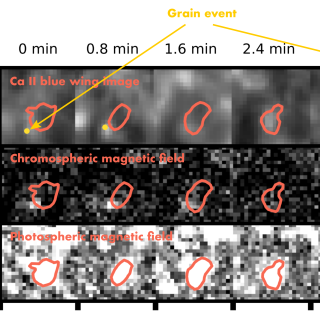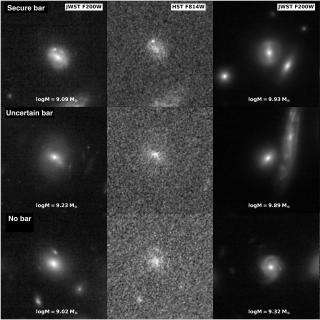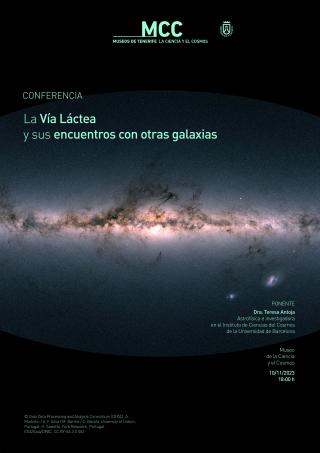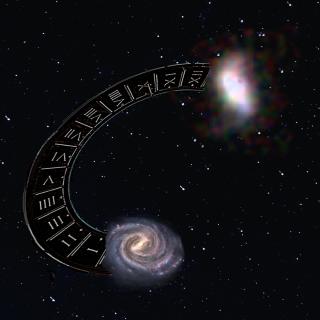
CaII Kgrains, i.e., intermittent, short-lived (about 1 minute), periodic (2-4 minutes), pointlike chromospheric brightenings, are considered to be the manifestations of acoustic waves propagating upward from the solar surface and developing into shocks in the chromosphere. After the simulations of Carlsson and Stein, we know that hot shocked gas moving upward interacting with the downflowing chromospheric gas (falling down after having been displaced upward by a previous shock) nicely reproduces the spectral features of the CaII K profiles observed in such grains, i.e., a narrowband emission
Advertised on




